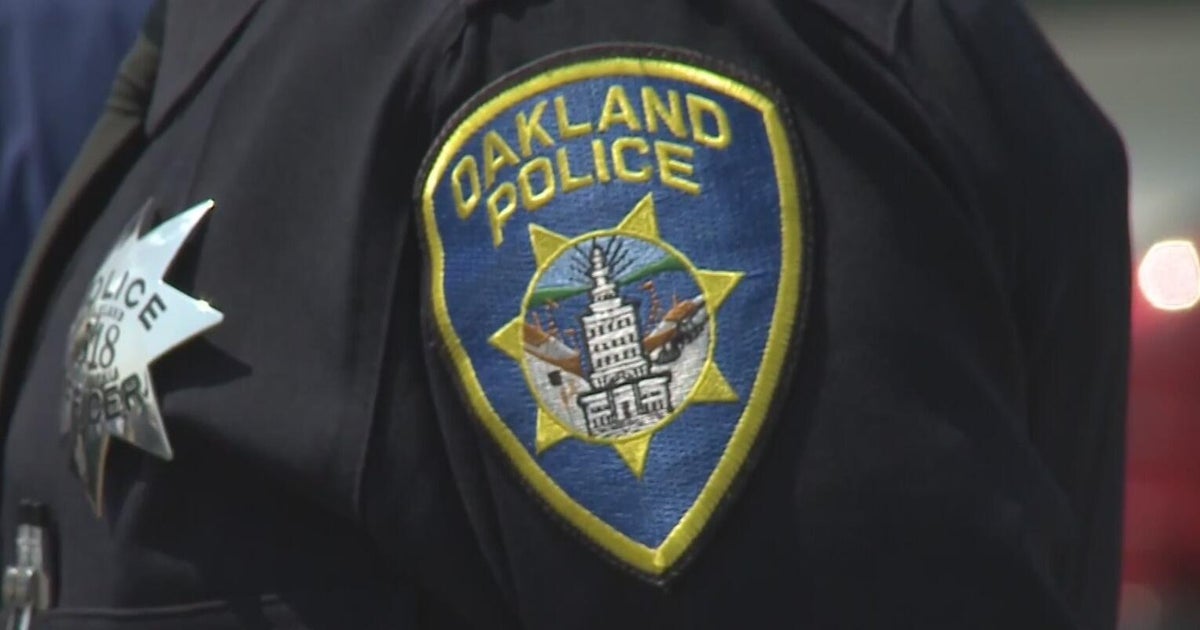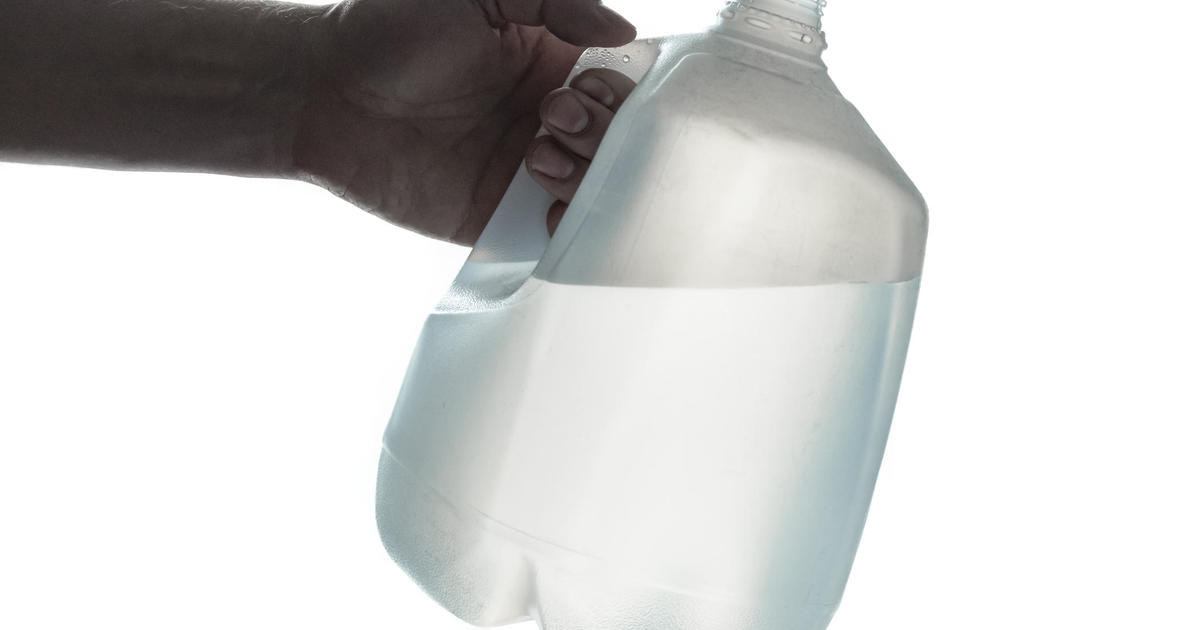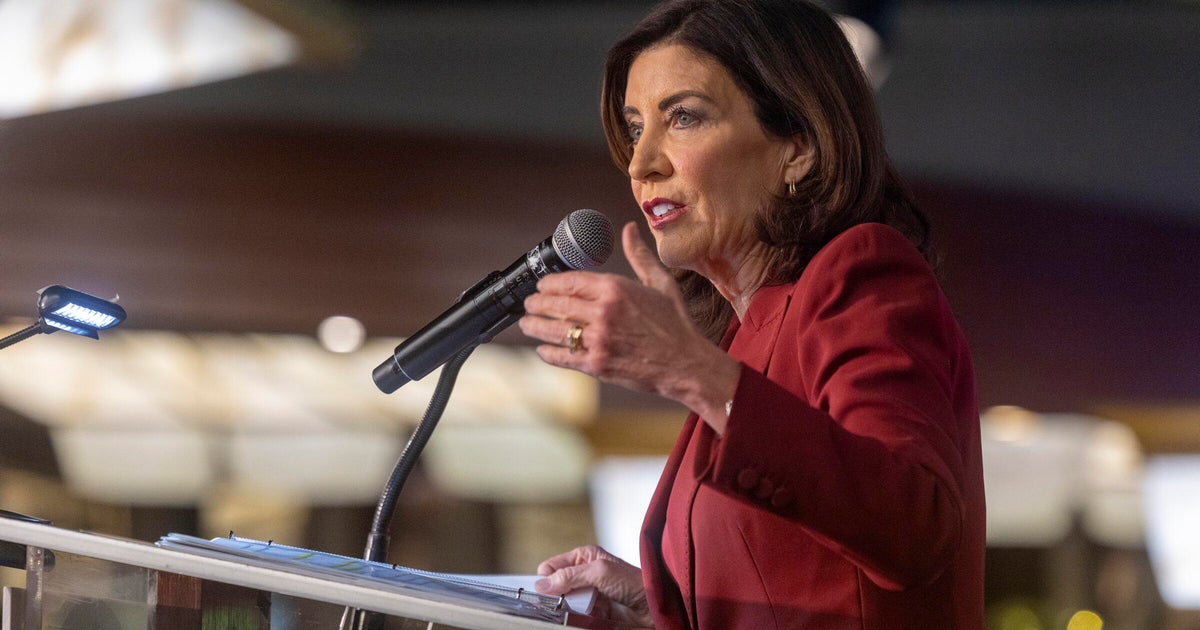5 Things You Didn't Know About Massachusetts' "Official State..."
1. The State Insect
Massachusetts shares its state insect with New Hampshire, New York, Ohio, Tennessee and Delaware. Of those states, Mass. Was first to designate the Two-Spotted Lady Beetle (Adalia bipunctata) as its official state insect on April 17, 1974. The idea originated with a second-grade class in the Town of Franklin. Just eight days later, Delaware approved the ladybug as its official insect. Tennessee (1975), Ohio (1975), New Hampshire (1977) and New York (1989) all eventually followed suit.
2. The State Bean
On June 23, 1993 the state legislature chose the Navy Bean to be the official state bean. The Navy Bean is the bean used in the famous Boston Baked Bean recipe. But did you know the prelude to the Boston Baked Beans recipe actually used maple syrup and bear fat? The dish is believed to have come from Native Americans. But as Boston evolved into a major rum producer, the recipe was tweaked to include molasses, which is a by-product of rum, and salt pork. As its reputation grew, the nickname "Beantown" was born.
3. The State Beverage
Cranberry Juice was named the beverage of the Commonwealth on May 4, 1970. This was a tribute to the Massachusetts cranberry industry, which continues to strive. Believe it or not, Massachusetts has slipped to #2 in cranberry production nationwide behind Wisconsin. But it's still #1 in cranberry juice production. Mass. -based Ocean Spray cooperative is North America's leading producer of canned and bottled juices. Ocean Spray's 2010 sales came in at $2.05 billion.
4. The State Colors
Massachusetts has three official state colors thanks to a third grade civics project in Gardner led by Prospect School teacher Judith Marceau back in 2000.
According to the state website, five years later, on February 21, 2005, the bill making blue, green, and cranberry the official colors of the Commonwealth, became law.
A 2004 Milford Daily News article shed some light on how those colors were chosen.
"The class debated which colors would be most appropriate, choosing from colors of historical significance. They nixed black, symbolizing the Salem witchcraft trials. It wasn't positive enough.
Instead, they chose cranberry because Massachusetts once produced 70 percent of the world's crop of the fruit, Marceau said. They picked blue "for Cape Cod Bay that the Pilgrims sailed over." And they chose green to match the color of the Connecticut River Valley and the Berkshire mountains".
5. The State Cookie
In 1997, a debate raged on and many among the state's legislature were at odds -- over a cookie.
A third-grade class in Somerset proposed the chocolate chip cookie, which was invented in 1930 at the Toll House Restaurant in Whitman, as state cookie. The bill was met with some serious opposition. Opponents included then-Governor William Weld.
The Fig Newton, invented and mass-produced 31 years before the Toll House cookie, was first mass-produced in 1891 in Cambridge. It was named after the city of Newton, Massachusetts.
Weld fought a losing battle all the way to the end. With the bill for chocolate chip cookies sitting on his desk, he asked the crowd of children who had gathered for the signing whether they preferred Newtons, but most of them picked the tollhouse.







